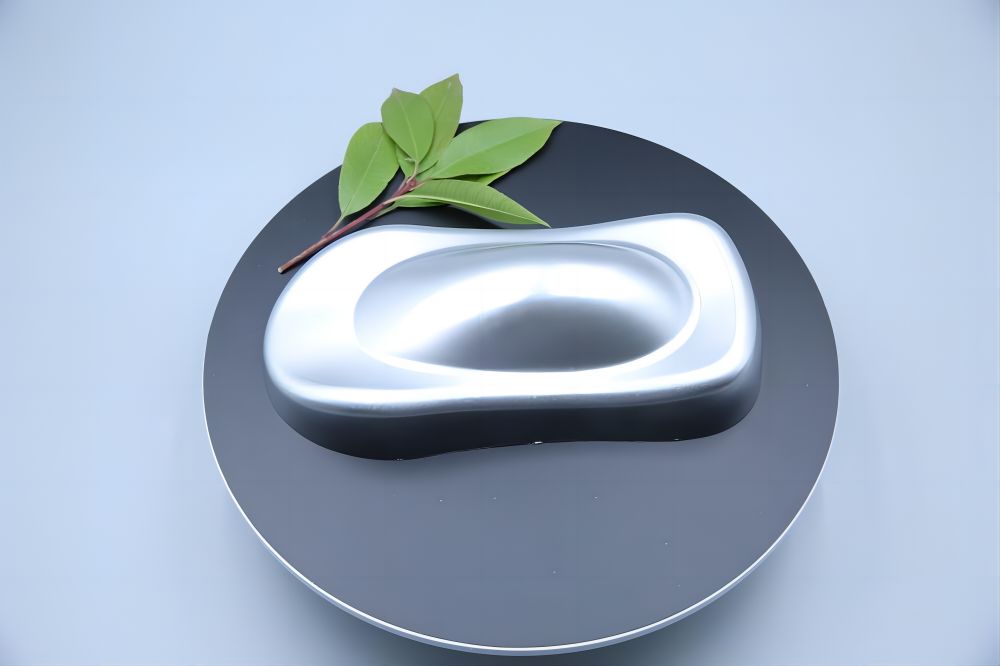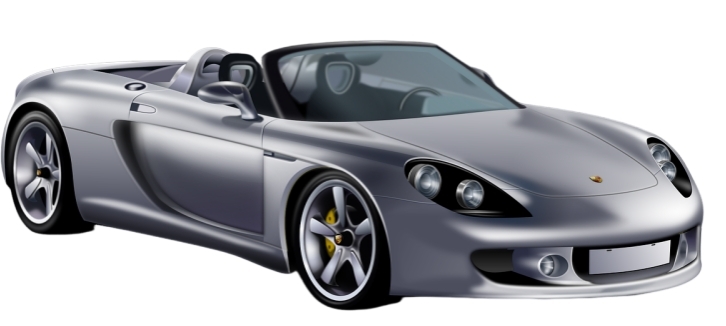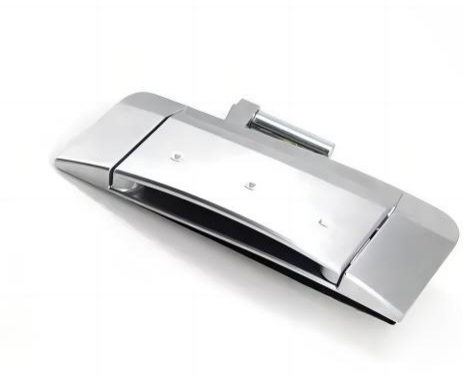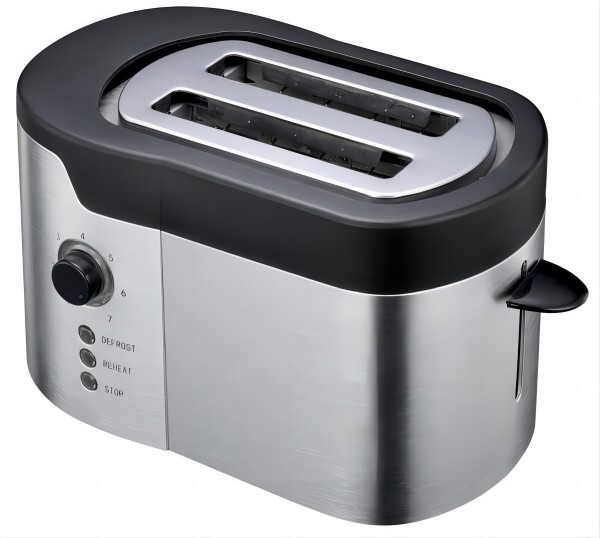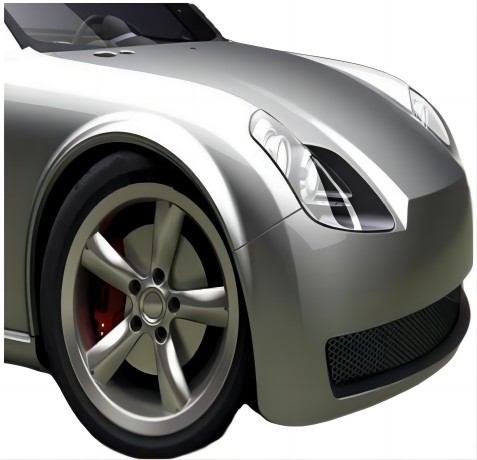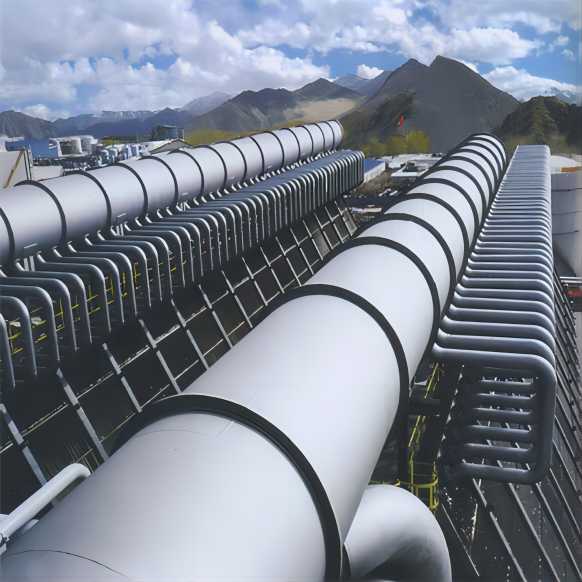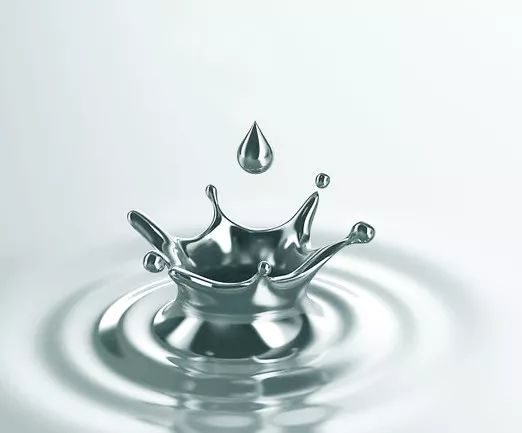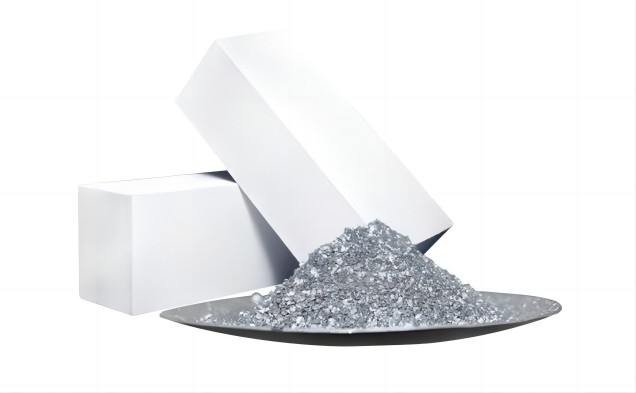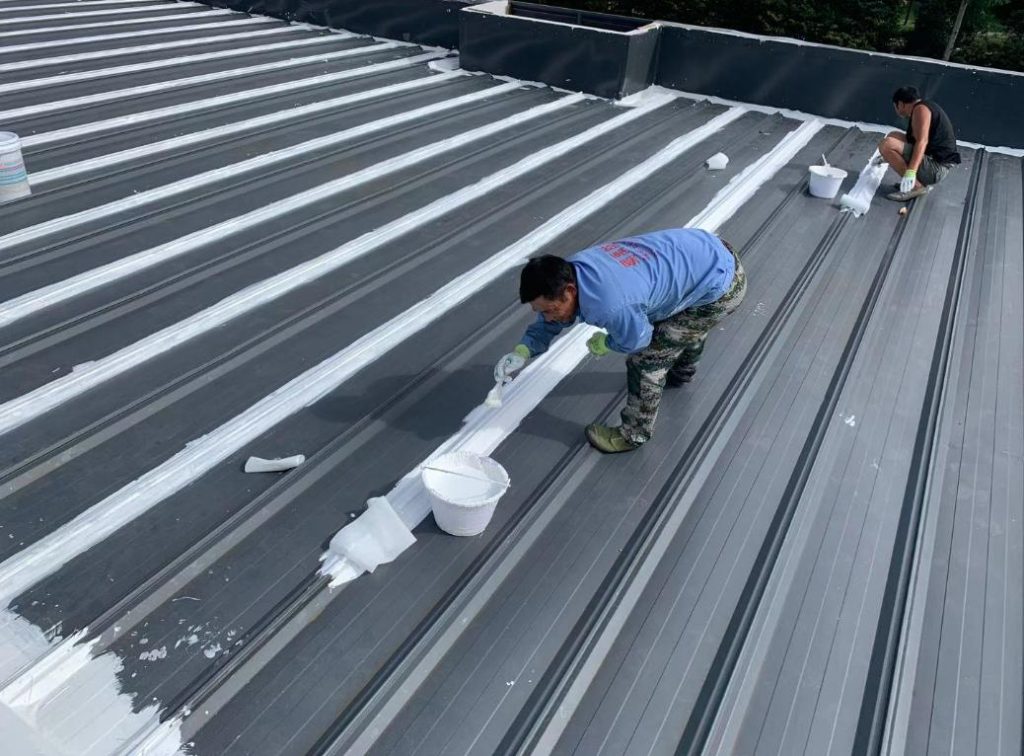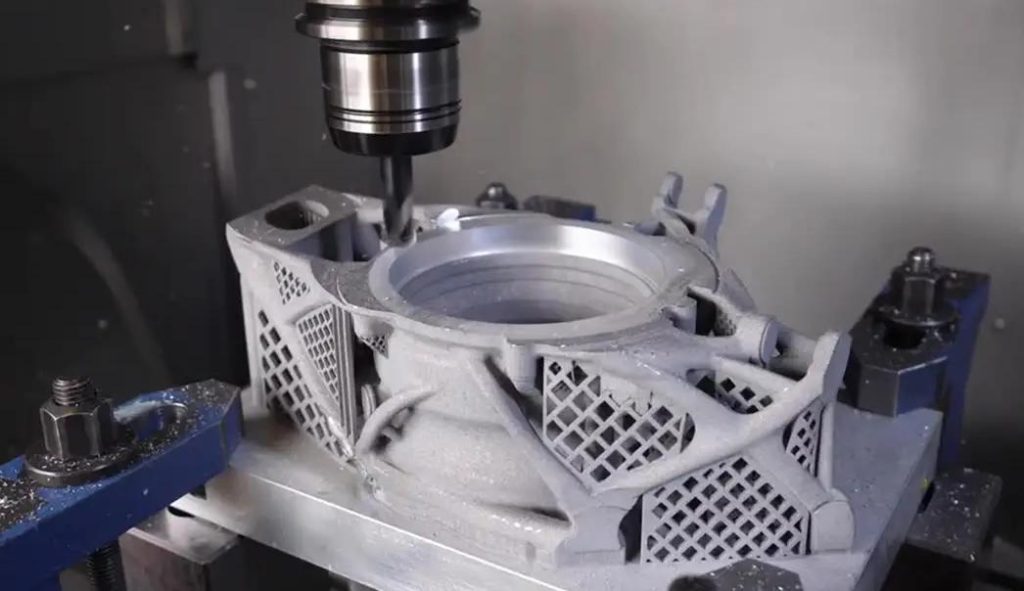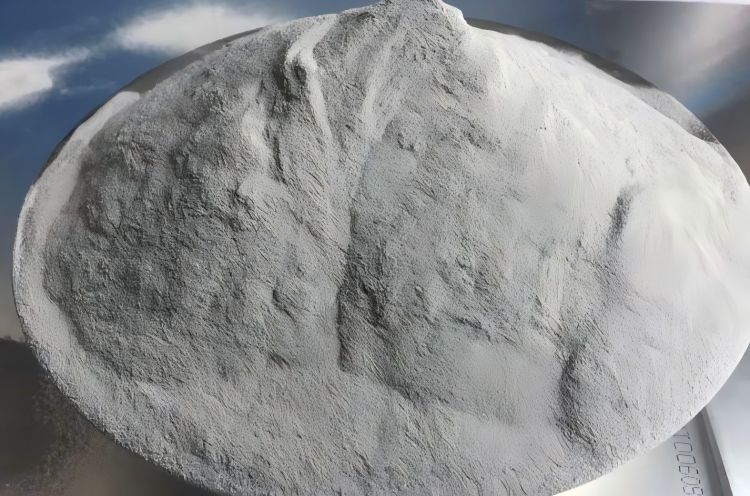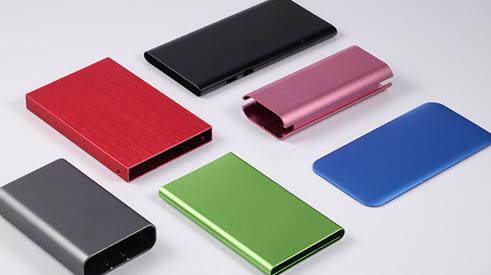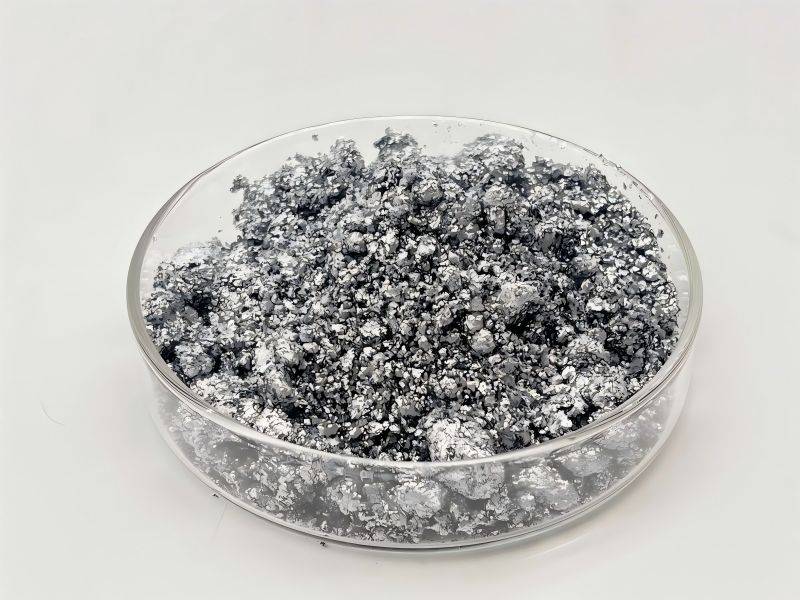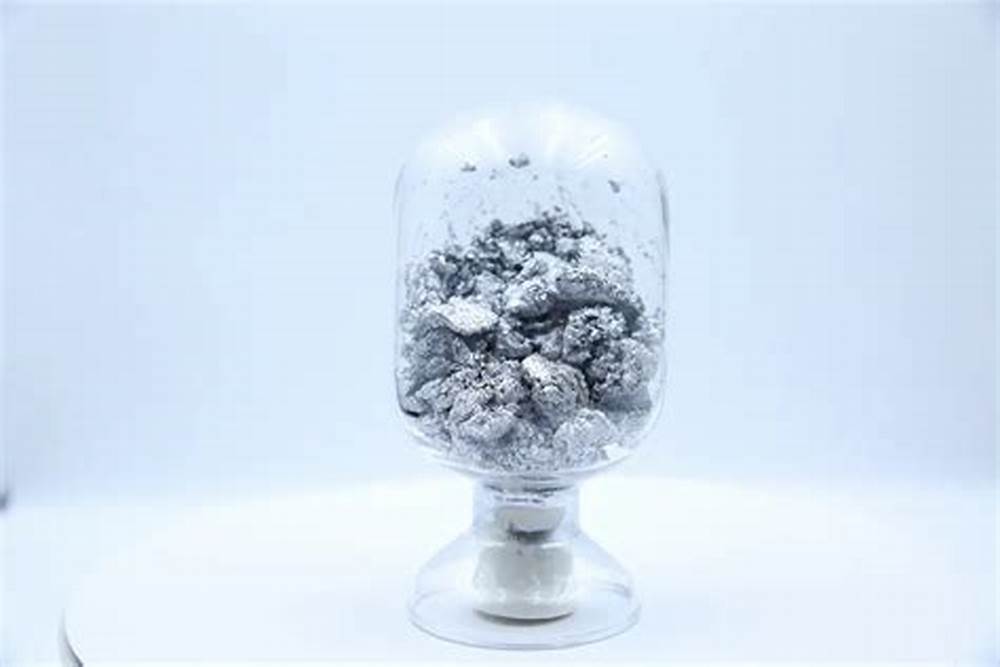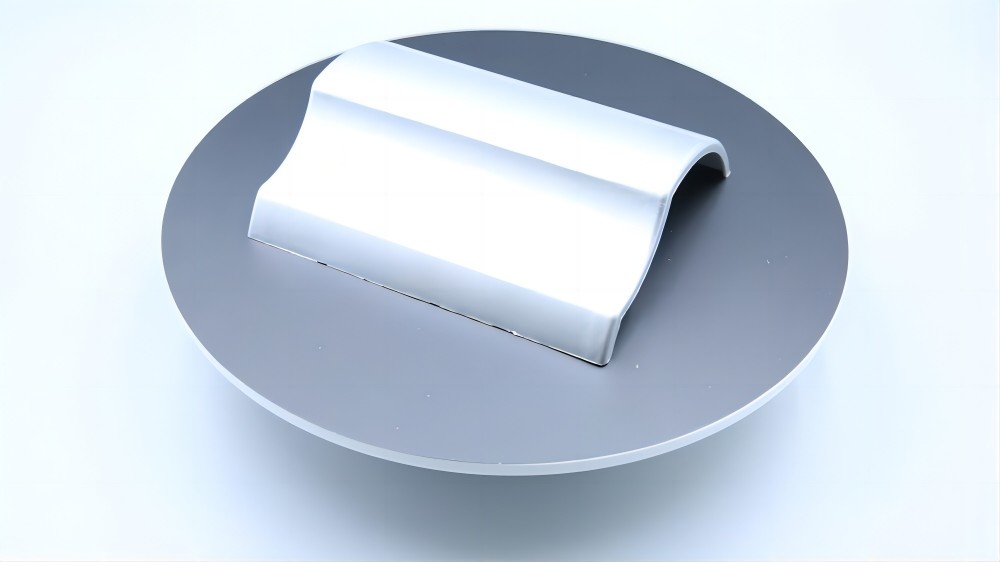Aluminum pastes are widely used in various industries to impart a metallic sheen and enhance the aesthetics of products. However, with growing environmental concerns, the choice between water-based and regular aluminum pastes becomes crucial. This article delves into a detailed comparison of these two types of aluminum pastes, analyzing their environmental performance, cost, stability, and application range to guide you in making an informed decision.
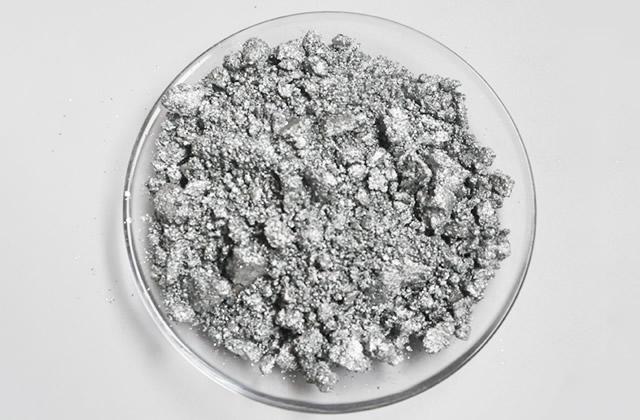
1. Environmental Performance
The impact of products on the environment is a key factor in today’s world. Water-based aluminum paste has become a clear winner in this regard. The reasons are as follows:
- Solvent Selection: water-based aluminum paste, as the name suggests, uses water as the main solvent. Water is a naturally occurring environmentally friendly compound that poses the least threat to the environment. In contrast, ordinary aluminum slurry relies on organic solvents to disperse aluminum flakes. These organic solvents typically contain volatile organic compounds (VOCs), which can cause air pollution and have harmful effects on human health and the environment.
- Emission Control: Strictly control the discharge of harmful substances during the production process of water-based aluminum paste. Manufacturers comply with international environmental regulations to minimize the emission of pollutants into the atmosphere. On the other hand, ordinary aluminum paste production may not have the same level of emission control, which may lead to environmental pollution.
- Chemical Composition: Water-based aluminum paste usually avoids the use of heavy metals or other harmful additives in its composition. This reduces the risk of environmental and health hazards associated with these substances. Depending on the manufacturer, ordinary aluminum slurry may contain such additives, further increasing its ecological footprint.
2. Cost Considerations
Although water-based aluminum paste has excellent environmental qualifications, it comes at a cost. The following is a breakdown of cost factors:
- Production Process: Compared to water-based aluminum paste, ordinary aluminum paste production usually involves simpler processes. This means a reduction in raw material and equipment costs, ultimately reflected in a decrease in market prices.
- Special Requirements: The production of water-based aluminum paste requires specific processes and materials to achieve its environmental characteristics. In addition, implementing environmental measures to comply with regulations will also increase production costs. Compared to ordinary aluminum paste, this means that the market price is generally higher.
The choice between cost and environmental benefits depends on your priorities and budget constraints. If cost is the main consideration, the ordinary aluminum paste may be a preferred choice. However, considering the potential long-term costs associated with environmental regulations and waste disposal, this may tilt the balance towards water-based choices.
3. Stable and long-lasting performance
The stability of aluminum paste directly affects the quality and service life of the final product. The following are the performance of these two types in terms of stability:
- Dispersion and Durability: The water-based aluminum paste undergoes a special surface treatment process. This treatment enhances its resistance to water and other substances, giving it good dispersibility in paint or coatings. Good dispersibility can prevent aluminum flakes from clumping, ensuring a smooth and consistent metal surface. In addition, water-based aluminum paste has excellent weather resistance and durability, which can maintain its appearance for a long time.
- Environmental Sensitivity: Ordinary aluminum paste lacks special surface treatment for water-based aluminum paste. This makes them more susceptible to environmental factors such as humidity and temperature fluctuations. These factors may cause aluminum flakes to gather together, resulting in uneven distribution and affecting aesthetics. In addition, compared to water-based aluminum paste, the weather resistance of ordinary aluminum paste may be reduced and its service life may be shorter.
The excellent stability of water-based aluminum paste means higher quality and longer-lasting final products. This is particularly important for applications exposed to adverse weather conditions or requiring durable metal surfaces.
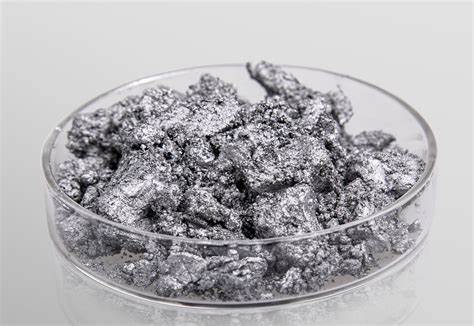
4. Application Range
The choice between water-based and ordinary aluminum paste also depends on the expected application. The following are their applicability to various scenarios:
- Advocating for Sustainable Development: water-based aluminum paste stands out in applications that prioritize environmental performance. Its environmental characteristics make it an ideal choice for industries such as automobiles, construction, and furniture manufacturing. These industries are increasingly adopting sustainable practices, and water-based aluminum paste fully aligns with this commitment.
- Green-qualified Metal Aesthetics: water-based aluminum paste can create high-quality metal finishes while maintaining environmental responsibility, making it highly suitable for applications such as environmentally friendly metal coatings and plastic coatings. This enables manufacturers to cater to the growing niche market that prioritizes aesthetics and sustainability.
- Outdoor Applications: Due to its superior weather resistance, the water-based aluminum paste is very suitable for outdoor applications such as billboards, lampshade decoration, and protection. The durable metal finish ensures that even when exposed to outdoor elements, it can maintain a visually appealing appearance for a long time.
Limitations and Considerations for Water-Based Aluminum Paste
Although water-based aluminum paste has many advantages, some limitations and precautions must be acknowledged:
- Usability and Color Range: Compared to ordinary aluminum paste, the availability of water-based options may be limited, especially in specific regions. In addition, the color range of water-based paste may be narrower, which may limit design choices in certain applications.
- Compatibility and Learning Curve: Waterborne aluminum paste may not be universally compatible with all existing paint and coating formulations designed specifically for regular aluminum paste. This may require adjustments to existing processes or formulas to achieve optimal results. In addition, for applicators who are accustomed to using regular paste, using water-based slurries may require a certain learning curve.
- Drying time: In some cases, the drying time of water-based aluminum paste may be slower compared to ordinary aluminum paste. This may affect the project schedule and require adjustments to the application technology to ensure proper drying.
When Regular Aluminum Paste Might Be a Suitable Choice
Although water-based aluminum paste has environmental benefits, ordinary aluminum paste still holds a place in specific situations:
- Cost-sensitive Applications: For projects with strict budget constraints, conventional aluminum paste may be a more cost-effective choice. However, balancing the potential long-term costs associated with environmental regulations and waste disposal is crucial, which may weaken the initial cost advantage.
- Legacy Systems and Established Processes: If existing production lines and processes are optimized for conventional aluminum paste, transitioning to water-based options may require significant investment and interruption. In this case, a cost-benefit analysis should be conducted to determine whether the environmental benefits exceed the transformation costs.
- Specific Performance Requirements: In rare cases, specific applications may require specific performance characteristics that cannot be easily achieved by water-based aluminum paste. In this case, it may be necessary to thoroughly evaluate the available options and consult with material experts.
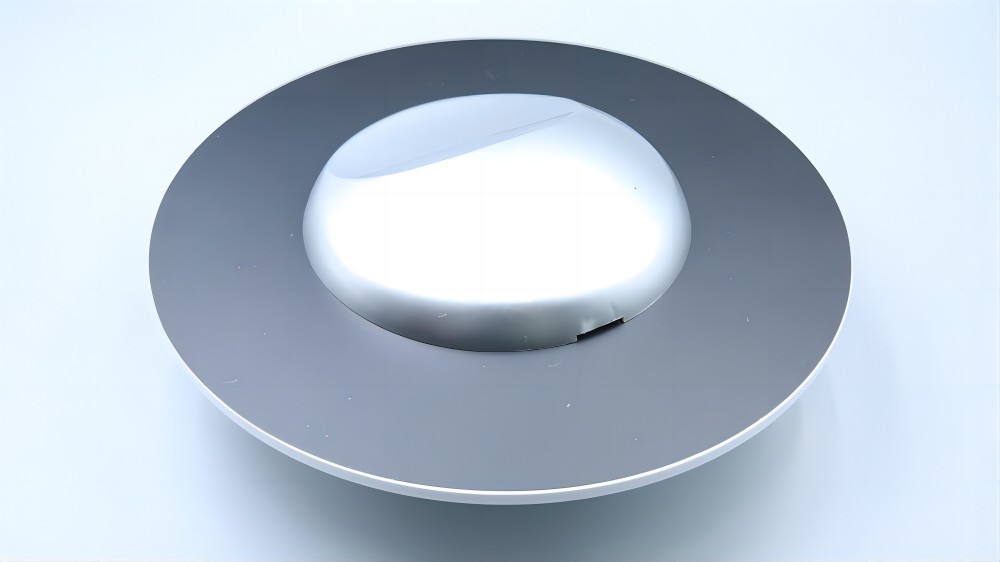
Conclusion
Although both water-based and ordinary aluminum pastes can achieve their respective goals, the environmental benefits of water-based aluminum paste make it a clear choice for the future. With the advancement of technology, issues of usability, color range, and compatibility with existing systems may be resolved, further consolidating the dominant position of water-based pastes. If budget is the main consideration, transitioning to water-based solutions may require a long-term perspective, considering environmental compliance and potential cost savings from waste disposal. Ultimately, the choice depends on the specific application requirements, environmental regulations, and long-term sustainable development goals. By understanding the advantages and limitations of each type of aluminum paste, you can make wise decisions that meet your project requirements and environmental responsibilities.

